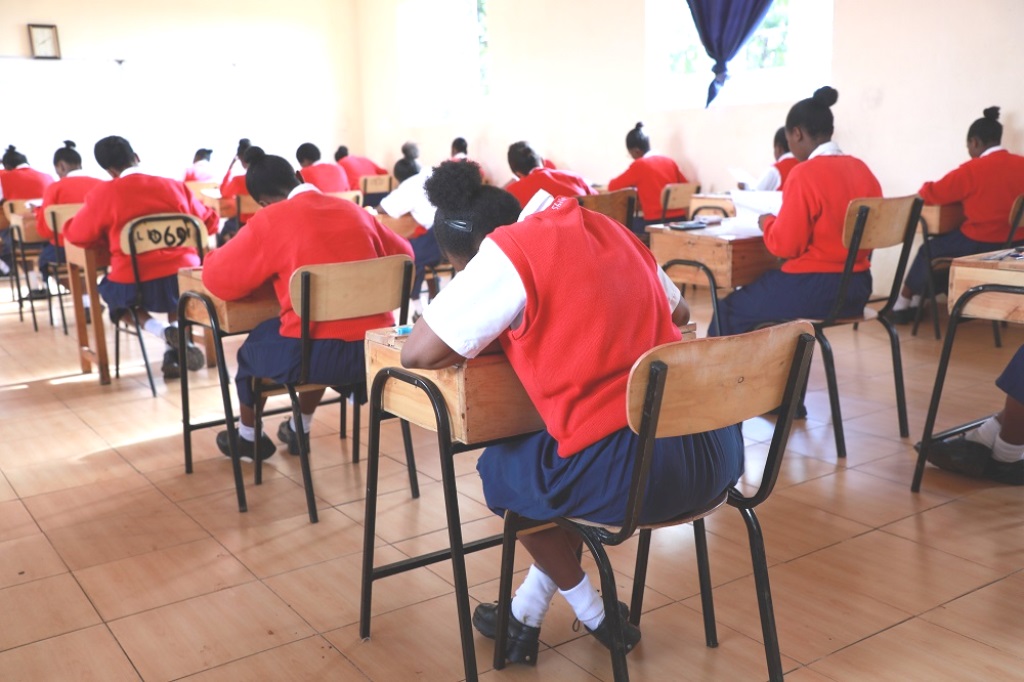Ensuring the safety of students during their daily commutes is a critical concern that requires coordinated efforts from both the government and the general community.
Safe travel to and from educational institutions is fundamental to fostering an environment where students can thrive academically without fear or risk.
Government initiatives play a pivotal role in safeguarding student travel. One of the primary measures is the implementation of strict regulations for school transportation services. These include regular safety inspections of school buses, mandatory training for drivers, and the installation of necessary safety features like seat belts and emergency exits.
Moreover, creating safe pedestrian pathways and designated school zones with reduced speed limits around schools can significantly mitigate the risk of accidents.
Investing in infrastructure is another crucial aspect. Well-maintained roads, proper street lighting, and clear signage contribute to a safer environment for student commuters. The government can also collaborate with local authorities to ensure that traffic management systems are efficient, especially during school start and end times. Public awareness campaigns highlighting road safety, particularly aimed at drivers in school zones, can further enhance safety measures.
READ ALSO:
Plea for help as gully threatens to wipe out dormitory at Kathiani Girls in Machakos
The community’s role in ensuring safe student travel is equally important. Parents and guardians should be vigilant and proactive in teaching their children about road safety, including the importance of using pedestrian crossings and understanding traffic signals.
Schools can also incorporate road safety education into their curriculum, ensuring that students are well-informed about safe travel practices.
Additionally, community members can participate in neighborhood watch programmes or volunteer as crossing guards to assist students in safely navigating busy streets. Creating a culture of shared responsibility and vigilance can greatly reduce the likelihood of accidents and enhance the overall safety of student commutes.
Technology can also be leveraged to improve student travel safety. GPS tracking of school buses, mobile apps that notify parents of their child’s whereabouts, and surveillance cameras on school routes can provide an added layer of security.
In conclusion, ensuring safe travel for students requires a multifaceted approach involving government action and community participation. By working together, we can create a secure and supportive environment that allows students to focus on their education without worrying about their safety. This collaborative effort is essential for the well-being and success of our future generations.
By Tonny Kyule
Tonny Kyule is a student aa Rongo University, Migori County.
You can also follow our social media pages on Twitter: Education News KE and Facebook: Education News Newspaper for timely updates.
>>> Click here to stay up-to-date with trending regional stories






